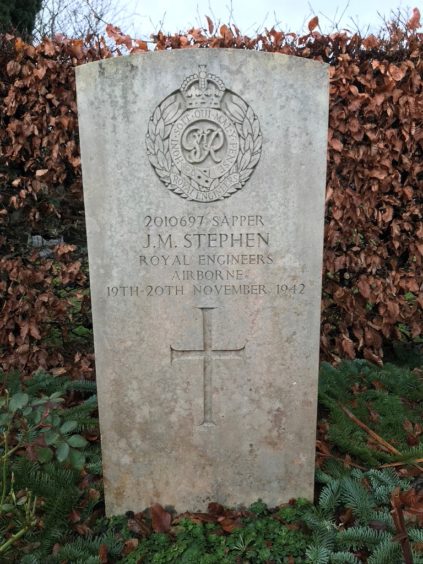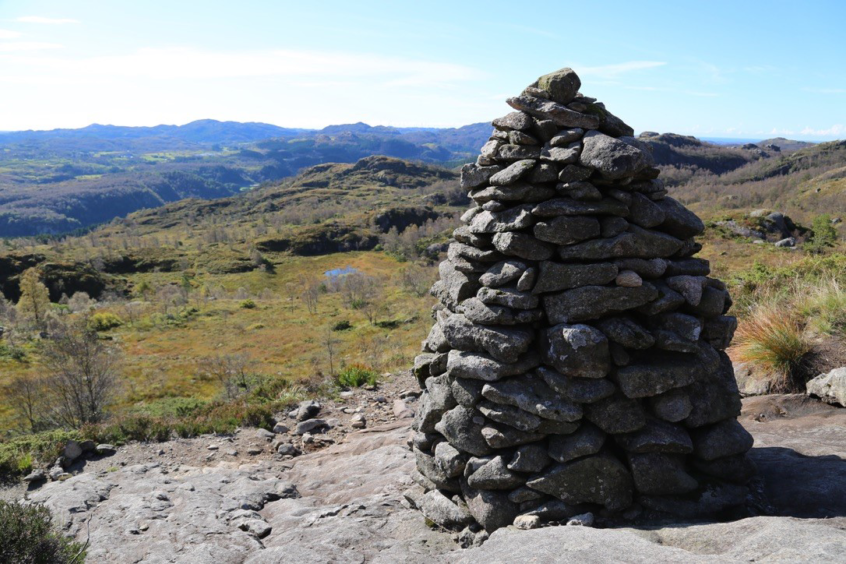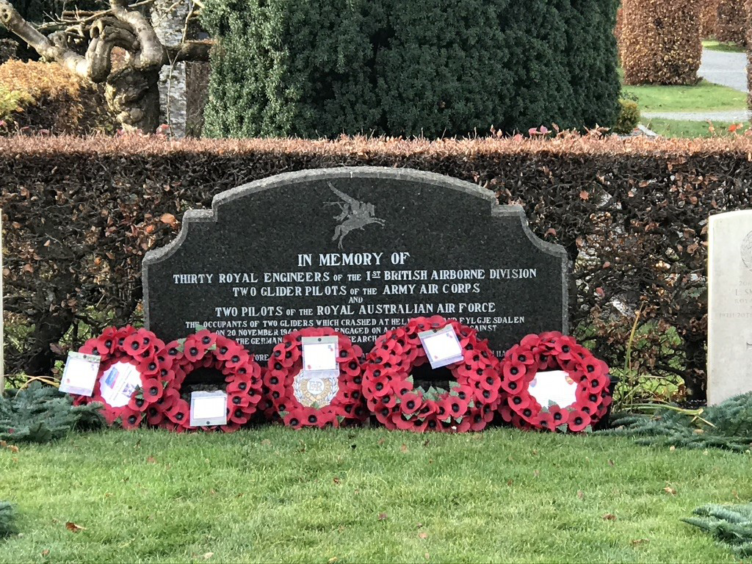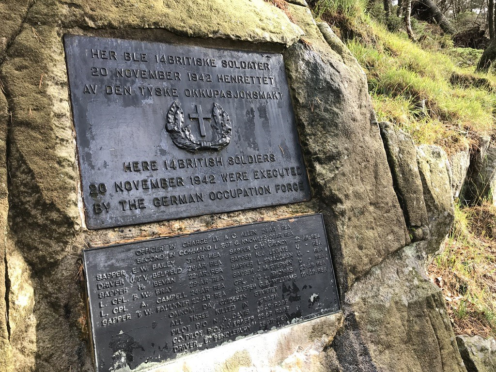In 1942, Nazi Germany’s top scientific minds were racing to deliver Hitler the atomic bomb.
At the heart of effort which could have changed the face of the world, was the heavy water facility at Vemork in Norway.
It therefore became the target of one of the most dangerous missions of the Second World War – and led to the deaths of Allied troops from across the Commonwealth.
Operation Freshman involved a group of specially trained Royal Engineers flying in two Horsa Gliders and two Halifax bombers with the aim of destroying the facility.
Just one of the four returned safely from the mission, however, with all of the soldiers and airmen from the three other planes either killed when their aircraft crashed, or executed shortly afterwards by the German Army.
A young Fraserburgh sapper, James Stephen, was among those who were summarily executed in the aftermath of the ill-fated sortie.
Now north-east man Bruce Tocher has asked Press and Journal readers if they have any information they can share about the ill-fated Scot.
The 27-year-old Broch man was on board the Horsa Glider which crashed on Benkja Mountain, near Helleland, Rogaland, Norway, late on November 19, 1942.

Both pilots – from the Royal Australian Air Force – were killed in the incident and one Royal Engineer was badly injured and died shortly afterwards.
Once the survivors realised they were hundreds of miles from the original target, and the Swedish border, which was their intended escape route, the decision was made to contact the German authorities and surrender.
Units from the army facilities at Slettebo, near the town of Egersund, subsequently arrived at the scene and took the soldiers into custody.
They were held in the camp for a number of hours.
Then, on the afternoon of November 20, the men were led one-by-one to a place near the camp and executed by firing squad.
Their bodies were thrown into a shallow grave nearby, but later that evening, they were recovered, dumped into a truck and driven to the beach at Brusand.
There, they were buried in an unmarked pit.
Unbeknown to the Germans, however, a local Norwegian observed the secret burial and was later able to provide the location to the British and Norwegian authorities.

At the end of the war, the bodies were recovered and eventually laid to rest in the Commonwealth Grave at Eiganes in Stavanger.
Mr Tocher, a geology graduate from Aberdeen University, who has lived and worked in Norway in the oil and gas sector since 1995, is trying to find out more about those who perished in the mission.
He said: “The Operation Freshman Project is trying to trace any surviving relatives or people who have stories or anecdotes concerning the servicemen who participated in the raid and who may have photographs, letters or other documentary information relating to the servicemen.

“The idea is to tell the story of these incredibly courageous young men through their lives, and lives of their families, rather than more conventional histories which focus primarily on the events themselves.
“Since taking retirement last year, I have been devoting my time to historical research on the Second World War and particularly the connection between Norway and Scotland, hence the Operation Freshman Project.
“I have been corresponding with the Fraserburgh Heritage Centre in recent months, but we are still trying to find out more about this specific soldier and I wondered if the P&J might be able to help.”
Anybody with information should contact Mr Tocher at batocher@outlook.com.
Operation Freshman
Operation Freshman was beset by bad fortune almost from the moment it was launched.
Due to failures in the navigation systems and extreme weather in November 1942, the aircraft failed to identify the landing zones and were forced to turn back.
During the return, extreme icing of the tow cables resulted in both gliders becoming detached from their tow-planes and they crashed in the mountains of south-east Norway. In addition, one of the Halifax bombers also crashed, instantly killing all seven crew members onboard.
Of the 34 men on the gliders, a number were killed on impact, while others were executed by firing squad shortly after their surrender at Slettebo, near Egersund.
In addition, four badly-injured soldiers were interrogated and murdered by the Gestapo in Stavanger and their bodies were dumped at sea off the coast of Norway.
At the end of the war, the remains of most of the soldiers were reinterred at the Commonwealth Grave section in Eiganes Cemetery in Stavanger, where a remembrance ceremony is held every year to honour their sacrifice.
Over the years there have been a number of publications describing the events of Operation Freshman, and also the subsequent successful sabotage of the Vemork facility by British-trained Norwegian special forces soldiers (Operation Gunnerside).
This action was immortalised in the Hollywood film – The Heroes of Telemark – starring the late Kirk Douglas.










